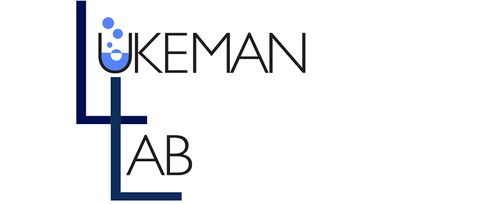Biomod/2017/StJohns:Origami Design
Origami Design
Our D.O. Claw Journey
In the assembly of our generic claw, M13mp18 plasmid is used as a scaffold. This scaffold is folded into the ‘claw’ structure (Figure 2) with the help of 226 staple strands, the location of each illustrated in Figure 8. Removing one of the original staple strands, and inserting another in which the sequence is only partially complementary to the region can create a sticky region. Taking into account the helical twist of DNA folding the positioning of the sticky end of the staple strand is crucial. The design of this claw requires that the sticky ended region be an A21 series. Each ‘sticky’ claw incorporates 15 sticky sites for binding, 5 on each arm.
-
Figure 8. Strand diagram for our D.O. claw.
-
Figure 9. Our D.O. claw with 15 total binding sites (red).
Modified MS2 Virus-Like Particle (VLP)
The MS2 VLP (Figure 5) was provided by Berkeley University (Francis). It was modified to have T21 strands coating the surface of the VLP to allow for binding to the A21 sticky sites on the D.O. claw.
The blunt VLP is ~22nm in diameter, the single stranded T21 region is ~7nm long, adding a total of ~14nm to the diameter of the VLP.
D.O. Triangle and Modifications
The D.O. triangle was of Rothemund design (Figure 3) and was assembled and modified with A21 sticky ended regions for use as a control experiment in order to illustrate a band shift. Recently, more modifications were made to the DO triangle. Sticky strands were added in positions that protruded out of the sides of the triangle, and in positions that protruded downwards, towards the direction of the gold surface. Variations of this sticky conformations were assembled.
Cadnano
Cadnano is a tool for designing structures of DNA origami. It was used as a method to systematically represent the origami that we are producing, and to tidily create variations of the origami we were working with. This was used to show and archive the different formations of both the triangle and the claw. These Cadnano representations are useful in record keeping, and provide a simple way to produce strands for purchase.
Claw
This summer's work on the claw yielded our new "unhinged" claws, which yielded better stability of conformations, and tighter bands in gel electrophoresis analyses. We created Cadnano representations of the original claw and the unhinged claw. These can be seen below.
-
Figure 10. Cadnano design representation of the Original Claw design with the sticky strands.
-
Figure 11. Cadnano design representation of the unhinged claw design, with the hinge strands removed.
Triangle
This summer's work on claw involved finding positions that can be used to add sticky ends that will bind to the surface below and positions to protrude out of the triangle, in the same plane as the triangle, whilst maintaining the positions that stick up from the triangle, that will bind to the VLP.
-
Figure 12. Cadnano design representation of the triangle with strands protruding upwards.
-
Figure 13. Cadnano design representation of the Triangle with strands protruding downwards.
-
Figure 14. Cadnano design representation of the Triangle with strands protruding outwards, parallel to the Triangle plane.







